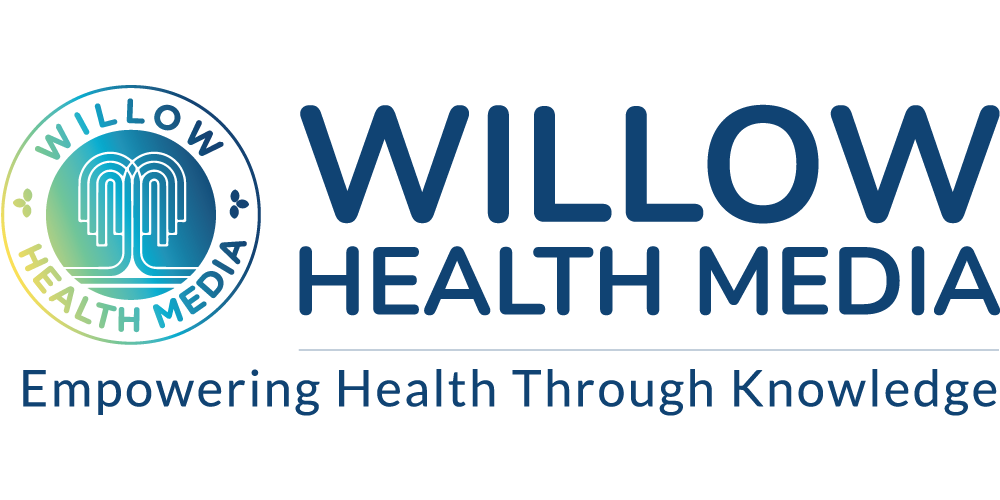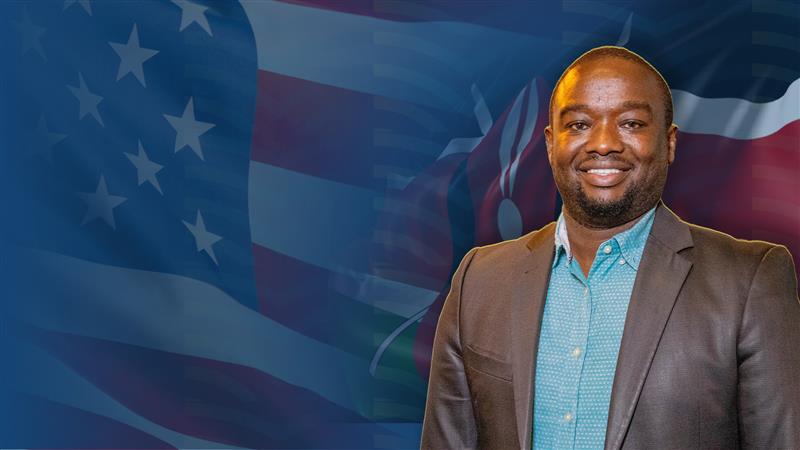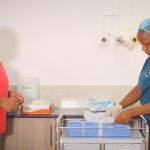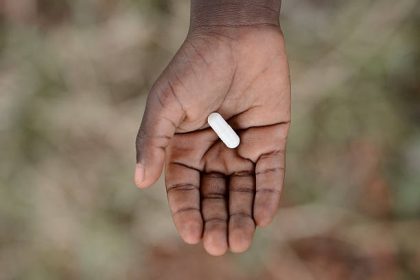Dr Daniel Mwai, Presidential Advisor on Health under the Presidential Economics Transformation Team, speaks to Dr Mercy Korir on the effect of US President Donald Trump’s move to freeze foreign aid
Dr Mercy Korir: The US has historically been a significant funder of Kenya’s health sector, especially through The US President’s Emergency Plan for AIDS Relief (PEPFAR) and other global health initiatives. What would happen if this funding were reduced or withdrawn?
Dr Daniel Mwai: The US government has been a key development partner in Kenya’s healthcare funding, primarily supporting HIV programmes through PEPFAR, the Global Fund, and the Presidential Malaria Initiative (PMI). Despite Kenya receiving less funding than some neighbouring countries, these contributions have been crucial, especially for HIV care, which has evolved from an emergency to a chronic illness requiring lifelong medication. PEPFAR has been vital in ensuring access to life-saving HIV drugs.
However, if US funding is reduced or withdrawn, the impact could be significant in two critical areas: commodity security and human resources. Commodity security, including the availability of essential medicines and supplies, would be severely affected, with Kenya’s HIV treatment costs currently at US$7.8 billion, down from US$15 billion in previous years. Additionally, many healthcare workers in Kenya’s Comprehensive Care Clinics (CCCs) are funded by the US, and funding cuts could lead to staffing shortages, disrupting HIV service delivery.
What strategies should Kenya employ to mitigate these potential funding cuts?
Kenya must focus on sustainable health financing, as donor dependence is not a long-term solution. I have advocated for ensuring that essential healthcare components, like medicines, are funded by the government. Five years ago, I helped develop a sustainability roadmap, which highlighted that PEPFAR funding would eventually end, and we needed to prepare for the transition.
To mitigate funding cuts, Kenya should increase domestic financing by allocating more funds to the health sector. Exploring alternative financing mechanisms, such as public-private partnerships and health insurance, can provide sustainable funding. Strengthening the efficiency of health spending is also crucial to maximize the impact of available resources and improve service delivery.
Given these challenges, do you see this transition as a potential opportunity for Kenya?
If Kenya acts proactively, it can build a more resilient and self-sufficient healthcare system. However, failure to do so could result in the detrimental effects of donor withdrawal. The healthcare system currently operates in separate verticals for conditions like HIV, malaria, Tuberculosis (TB), and reproductive health, often due to donor funding tied to specific programmes.
This segmented approach does not align with the holistic care needed. Integrating these programmes would allow clinicians to treat patients across multiple conditions, reducing redundancy, improving efficiency, and addressing the shortage of healthcare workers. Streamlining care and resources in this way would maximise impact and minimise the need for additional infrastructure.
Does this change in funding signal a shift towards more self-reliance for Kenya in health financing?
Yes, the transition towards self-reliance in healthcare funding has been in the works for years. The country has gradually increased its domestic funding for essential commodities, reducing its dependency on external donors. However, the sudden withdrawal of donor funding has forced us to rethink how we finance healthcare, especially commodities. This situation has pushed us toward exploring alternative ways to mobilise resources and adjust to the changing macroeconomic environment.
Some have called this transition a blessing for Kenya. Do you agree?
While I wouldn’t call it a “blessing,” it’s definitely a necessary shift. This transition was inevitable, and it is good that we are now facing it head-on. For years, we’ve had discussions about the need for sustainable financing, and now, we are forced to act. However, the suddenness of the policy changes has been challenging, and it would have been better if this process had been more gradual.
Is there room to adjust our health budget, which is about five to six per cent of the total Kenyan budget – even if it doesn’t match the Abuja Declaration of 15% – to plug in the gap of domestic resources for health?
I think the Abuja Declaration is a useless thing because it was an arbitrary number that people sat down and said ‘put 15 per cent of your budget into health’ without considering the unique characteristics of the country. Since the devolution of healthcare, focus should be on allocating funds based on the country’s GDP rather than a fixed percentage of the national budget. Proportional spending based on the GDP would better reflect the country’s growth and needs, and it is a more realistic approach to ensure adequate funding for healthcare.
Before devolution, healthcare financing accounted for about 35 per cent of overall funding. However, the actual allocation by counties has averaged only 28 per cent. What impact has this had on the health sector?
A major issue during devolution was the lack of clear guidelines on health allocations, leading to a seven per cent reduction in funding. Counties have diverted funds to sectors like infrastructure, agriculture, and education, despite education being only minimally devolved. We have consistently advocated for counties to recognize health as a core function under their jurisdiction. This misallocation has caused health to be deprioritized. If counties allocated at least 35 per cent to health as they did before devolution, the sector would be in a much better position. Instead, the focus has been on building new facilities rather than operationalizing existing ones.
How can the private sector contribute to this healthcare financing model?
The Social Health Authority (SHA) was established to enable targeted health financing. This system encourages private sector participation. For example, a private entity interested in maternal and child health could directly fund cervical cancer screenings through SHA, ensuring transparency and measurable impact. We have already seen private sector players express interest in structured collaborations. Many companies previously funded healthcare initiatives through Corporate Social Responsibility (CSR) programmes without tracking impact. SHA now provides a framework where they can monitor their contributions.
Given changing funding environments, should we expect further health sector policy reforms?
Policies must adapt to focus on improving the quality of care. While facility density has increased, the emphasis should shift to making existing hospitals fully operational rather than building new ones. Patients prefer well-equipped facilities, even if they are further away. Alongside SHA, four key legislations were introduced: healthcare financing through SHA, the Primary Health Care Act to cover lower-level facilities, the Facility Improvement Fund (FIF) to keep revenue within hospitals for reinvestment and ensuring better quality of care.
Financing alone isn’t enough if services are poor. Licensing of medical professionals and facilities creates conflicts of interest, so an independent body is needed to assess hospital capabilities. Despite more mothers giving birth in hospitals, high maternal mortality highlights care deficiencies. A Quality-of-Care Bill, prioritized by policymakers, is being drafted and will go to Parliament soon.
What type of healthcare services are we purchasing for Kenyans? How do we define quality care?
Quality of care is a crucial aspect of health reform. Many people, like my mother in the village, may have different perceptions of what quality care means. Some might believe that a doctor spending more time with them equates to quality, while others might think a shorter consultation is less effective. However, true quality is not about time spent but about the effectiveness of care provided.
With shifting international policies, particularly in the US, how is Kenya preparing for potential funding gaps?
There is no single solution to the funding gap. The government is pursuing both domestic and international dialogues to address this issue. Domestically, it is analysing the financial shortfall and strategizing to increase local resources. On the international front, Kenya is engaging with global partners to ensure a smooth transition and preserve healthcare funding gains. The Ministry of Health is evaluating the best solutions, with more clarity expected in the coming month regarding which areas will fully transition to government funding and which will still rely on development partners.
Should Kenyans be worried about the future of healthcare funding?
No. Kenya has successfully navigated difficult fiscal periods before, and we will do so again. The country has a transition roadmap because we anticipated donor funding reductions. This is not new; for instance, donors previously funded Kenya’s blood supply, but when they withdrew, the country adapted and continued. Funding solutions are not just about allocating more money in the budget. Negotiations with development partners remain crucial. While some donors like the US government are scaling back, others are still engaged. We are also exploring ways to reorient existing funding to align with these changes.
How committed is the government, particularly the president, to healthcare reforms?
The president is deeply invested in the health agenda. Of all government priorities, healthcare is the one he is most passionate about. He strongly believes in its success and is actively ensuring that the necessary policies and resources are in place.
